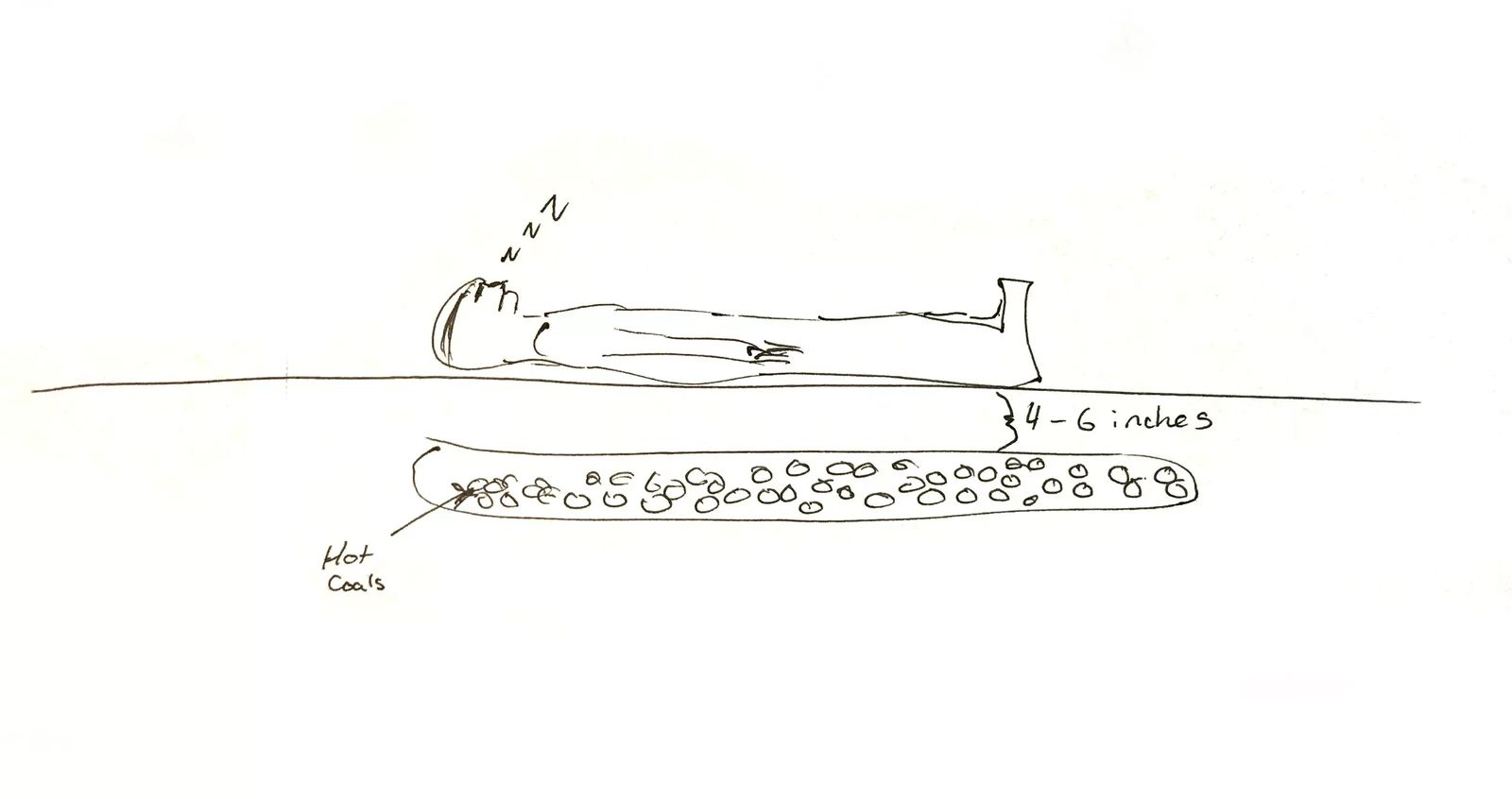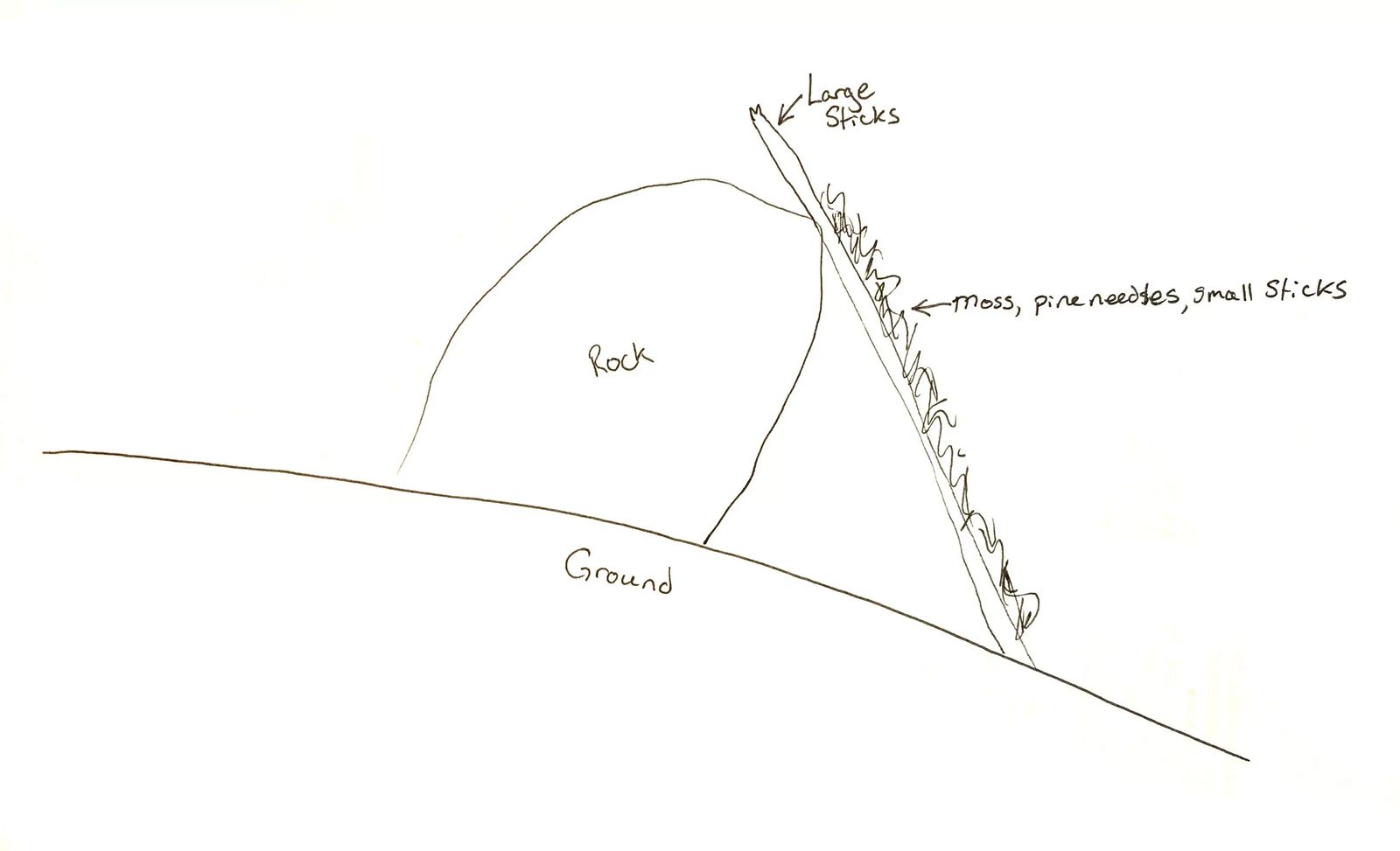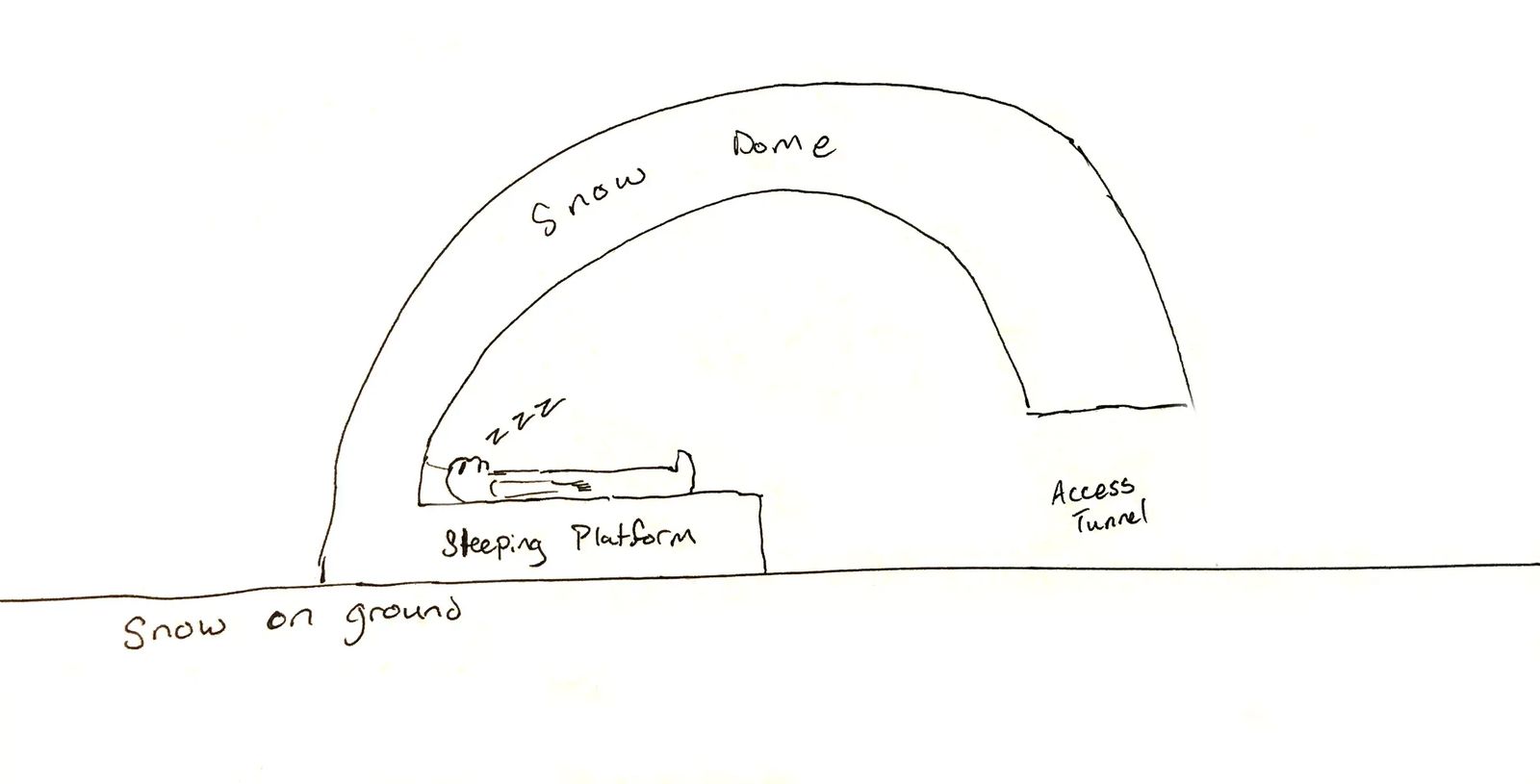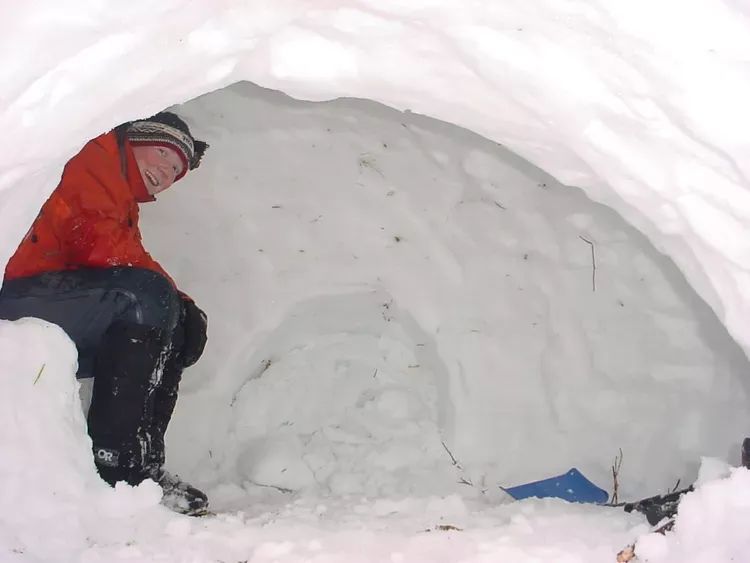Building an Emergency Shelter to Survive a Night
Stay Warm and Dry if Stuck Overnight
The third part of our unofficial survival in Montana series has to do with shelter. Having the proper footwear, and carrying the right clothes will help. But if you’re stuck out in the wilderness overnight, you need to find shelter. Temperatures drop dramatically in the mountains, so hunkering down is almost always going to be a better option than trying to keep moving. Besides that, you’re more likely to get hurt or lost even more when trying to maneuver in the dark.

But not all shelters are created equal. Depending on the season, the location, and what sort of supplies you have, your options vary.
Creating a Summer Shelter
During the summer, when the weather is nice, there is a chance that you can get by without a full shelter. But even summers in the mountains can see low temperatures that fall into the 40’s. Without a sleeping bag, that is cold enough to spur hypothermia.
There are two ways you can keep warm in the summer. By insulating to trap your body heat, or relying on the heat of a fire. Using branches, pine needles, and other dry forest floor goodies, you can insulate your body so you don’t lose as much heat. But to really stay warm, you have to take some additional steps.

I'll be signing prints of my art all week.
Building a fire and sitting next to it could help, but you want the warmth coming from underneath you. Dig a trough in the ground, and build a fire in it. When the fire has died down, spread the hot embers throughout the trough. Cover the hot coals with 6 inches of soil to prevent it from getting too hot, and allow the warmth will radiate upward through the night.
If it looks like rain, that’s another story.
Staying Dry in Rainy Season Shelters
In the Montana Mountains, any time it’s not snowing it is pretty much rainy season. Storms can build intensity quickly, they can pour a lot of water in a short period of time, and they can get you pretty well soaked. You need to find, or create, a shelter that will repel the water away.
Best case scenario is that you are prepared and you have at least a space blanket in your pack. If not, then it’s time to start looking around for shelter. A natural overhang in a rock is your best bet, even if it’s not entirely enough to protect you from the elements; just make sure the ground slopes away from the rock to drain water away from you.
Using large sticks, one to three inches in diameter, build a simple lean-to against the rock. Using moss, pine needles, and smaller sticks, cover the top of your lean-to that will repel water. A few more larger sticks will help keep things in place if the winds come.

A simple poncho or space blanket will go a long way in keeping you warm and dry.
Keeping Warm in Winter Shelters
This time of year creating a warm bed from fire embers, or sleeping under a lean-to made of sticks and pine boughs won’t do a whole lot. With temperatures easily dropping to zero, you need something that is going to keep you warm. Keep in mind that warmth in zero degree weather is all relative.
Snow is actually an incredibly efficient insulator. If you’re able to create a pocket under the snow, the air temperature inside the pocket will stay right around 32 degrees. But wait, there’s more; you’re protected from the wind. The trick is getting under the snow without touching too much of the snow.
You have two methods to do so. Finding a large snow drift, you can hollow a cave inside it. As long as it maintains a dome shape, the ceiling isn’t going to collapse on you.
If you can’t find a drift large enough, you can pile up your own snow and create what is called a quinzhee. A quinzhee is like an igloo, but made of a hollowed out snow pile instead of blocks of ice. Create a pile big enough to hollow a space to sleep, let it settle for about an hour (this lets the snow bond itself together), and dig your cave.

Lying right on the snow will suck all the warmth from your body. A sleeping mat made of branches isn’t going to be comfortable, but it will keep you alive.
When it comes to survival in the wilderness, luck favors the prepared. No matter when you’re hiking, where you’re going, or how long you plan to be gone, make sure that you are prepared for the worst. Of course, getting out there and practicing building your snow caves and quinzhees when you’re not in a life or death situation is fun and useful.

 by Scott Sery
by Scott SeryScott is a writer, outdoor enthusiast, beer snob, and woodworker. When he is not out exploring all of the wonders around Billings, he loves to sit down for a frosty brew at one of the many great breweries we have available to us. You can read about most of his adventures, and many of the fine brews he has sipped right here. Find out more about Scott at ScottSery.com
